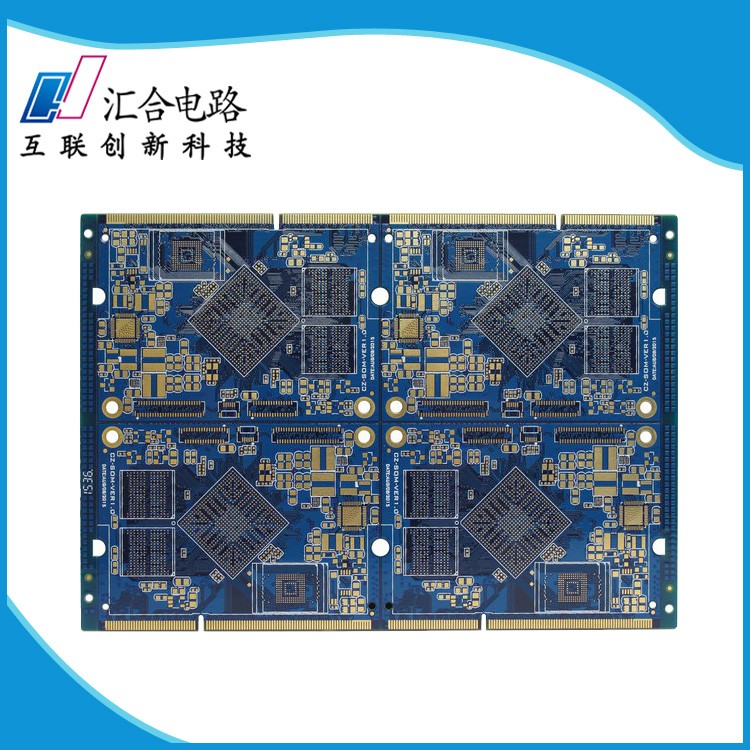最老的pcb使用的成品是60Sn/40Pb焊料(在中等溫度下容易焊接�����,但含鉛)和OSP(非常平坦的SMT焊盤�����,但保質(zhì)期短)�。這些是工業(yè)的支柱�����,因此深圳pcb打樣加工設備�����、焊膏��、焊劑、焊料掩模�����、甚至模版油墨被設計成處理這些加工輪廓。
?
The move to RoHS in Europe and later in the US (except for some mil spec and medical applications) resulted in development of lead-free SnAgCu solders based on tin with additions of silver and copper and with traces of bismuth, indium, zinc, and antimony. These pass the government RoHS regulations and after process development to minimize the growth of tin whiskers have become the mainstay of the industry. Initially the higher soldering liquidus temperature led engineers to specify high glass transition composite substrates (Tg 170-180°C) but careful attention to reflow profiles allowed a return to the less expensive standard Tg 135°C FR4 materials. Since the world industry has moved further toward RoHS many circuit board manufacturing plants have standardized on Pb-free HAL and no longer cost that surface at a premium. Indeed some have scrapped HASL entirely and subcontract that finish resulting in a cost premium for leaded solder.
歐洲和美國的RoHS轉(zhuǎn)移(除了一些MIL規(guī)范和醫(yī)療應用之外)導致了基于錫的無鉛SnAgCu釬料的發(fā)展�,添加了銀和銅以及痕量的鉍�����、銦�����、鋅和銻�����。這些通過政府RoHS法規(guī),并經(jīng)過深圳pcb打樣工藝開發(fā)�,以盡量減少錫晶須的生長已成為該行業(yè)的支柱�。

?
最初,較高的焊接液相線溫度導致深圳pcb打樣工程師指定高玻璃化過渡復合基板(TG 170~180°C)����,但仔細關(guān)注回流曲線允許返回到較便宜的標準Tg 135°C FR4材料�。
?
由于世界工業(yè)進一步向RoHS邁進��,許多深圳pcb打樣電路板制造廠已經(jīng)對無鉛HAL進行了標準化�����,不再費力地購買該表面�����。事實上,有些公司已經(jīng)完全取消了HASL�,并完成了外包,導致含鉛焊料的成本溢價��。
?
相關(guān)閱讀:深圳pcb打樣廠家為大家介紹插入式封裝【匯合】
?